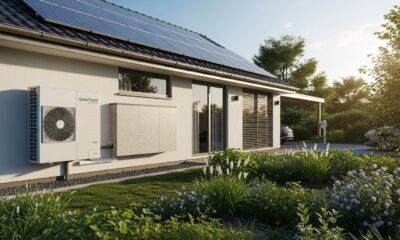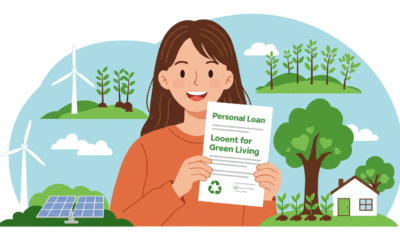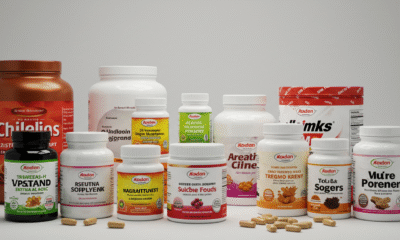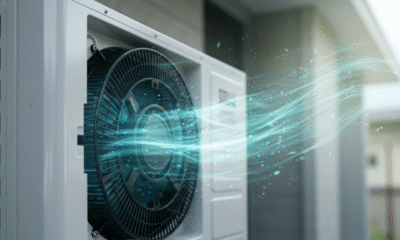
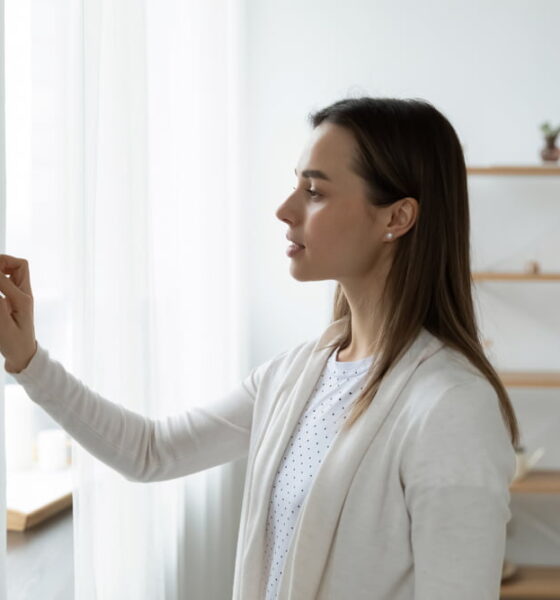
Sustainability
3 Ingenious Ways to Make Your Home More Sustainable
Making your home more sustainable is one of the best ways to protect the environment and future generations. Sustainability is not just a trendy phrase; it’s a great way of saving money on utility bills. While it may not be plausible for everyone to become completely sustainable, there are some measures you can take to lower the environmental impact and make your home more sustainable.
1. Switch to Solar Energy
If you want to ensure your home is more eco-friendly, sustainable solar panels can be essential. A solar energy system is a long-term investment, and while it requires initial capital, you can save a lot of money in the long run.
Depending on your energy requirements, energy output from solar panels can help you go off-grid. Unlike traditional electricity, which depends on finite fossil fuels responsible for greenhouse gasses, solar energy is clean and renewable. Most importantly, solar panels have become more cost-effective due to technological advancements over the last few years.
2. Using Proper Waste Disposal and Green Non-Toxic Cleaning Products
Household waste can be a serious environmental issue, especially without proper handling. Most waste ends up in landfills, contributing to greenhouse gasses. Household waste should be sorted to separate the recyclables from non-recyclable materials. Services like same day skip bin hire provides efficient and convenient waste disposal.
Almost every household has their favorite detergents and cleaning products they have used for years. However, most people rarely think about the harm these products could have on the environment.
There are multiple cleaners with “natural” labels on the market, but some still have toxic synthetic fragrances that can end up in the water supply. Fortunately, you can make effective environmentally friendly cleaners from common household items. Vinegar, bicarbonate soda, and lemon juice can be suitable substitutes for bleaches and detergents to eliminate bacteria and leave your home clean and odor-free.
The acid in vinegar makes it naturally potent for killing bacteria and mold and can be used to clean mirrors and windows. On the other hand, baking soda is great for deodorizing your home. Alternatively, you can switch to steam cleaners as a green way of disinfecting and killing germs.
3. Collect Rainwater and Use Low Flow Faucets and Showerheads
Collecting rainwater for use at home is a good way of minimizing your main water usage. An efficient rainwater harvesting system can reduce your water usage by 50%. The systems collect and filter the water before storing it in underground reservoirs. The water is ideal for washing, flushing toilets, and watering your garden and lawns.
When you’re looking to upgrade your existing fixtures, switching to low-flow faucets, showerheads, and toilets is an ideal strategy for saving water and money. But this doesn’t mean low pressure or poor performance.
An average-sized family can save up to 13,000 gallons of water annually by upgrading to low-flow toilets. That’s a huge change, but if you want to start small, try adding aerators to existing faucets and changing your shower heads. According to studies, switching to a low-flow shower head and limiting your shower time to 10 minutes can help you save about $145 annually on electricity bills.
Endnote
Sustainability is vital in an era where the world faces increased pollution and dwindling natural resources. There are several effective methods to make your home more sustainable, but even if you start with a few steps, you’ll still be helping the environment and saving money along the way.


 Environment10 months ago
Environment10 months agoAre Polymer Banknotes: an Eco-Friendly Trend or a Groundswell?

 Environment11 months ago
Environment11 months agoEco-Friendly Home Improvements: Top 7 Upgrades for 2025

 Features9 months ago
Features9 months agoEco-Friendly Cryptocurrencies: Sustainable Investment Choices

 Features10 months ago
Features10 months agoEco-Friendly Crypto Traders Must Find the Right Exchange
